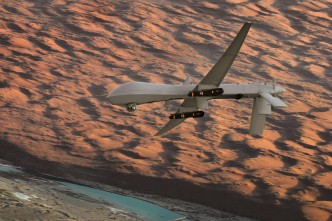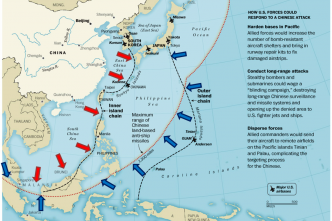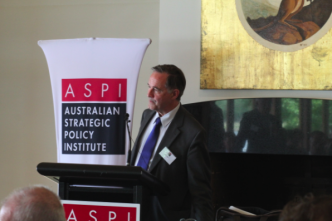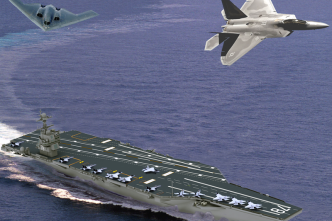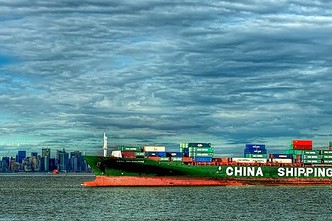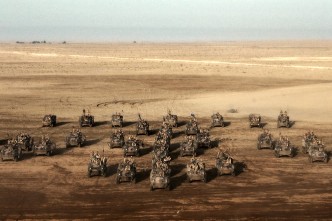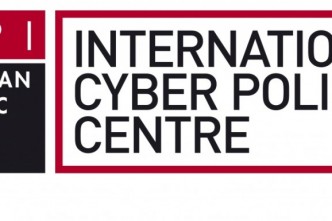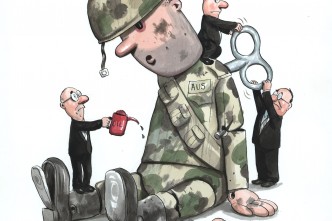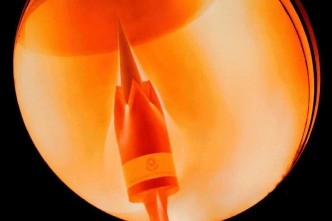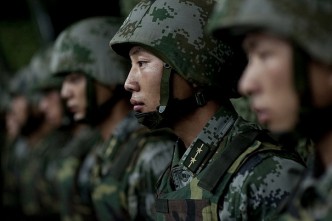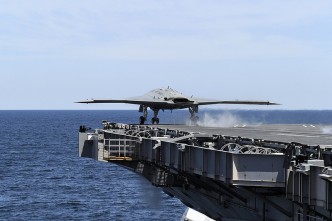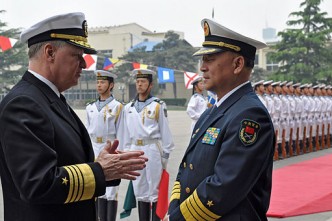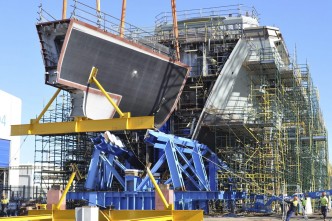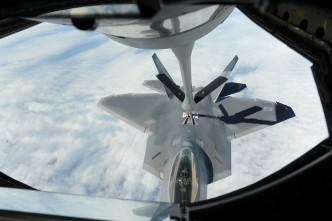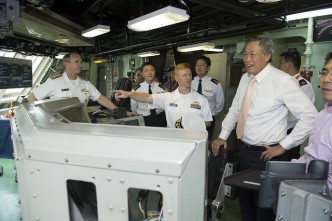Unmanned aerial vehicles (UAVs or drones) are the go-to platform for US targeted killing as part of the ongoing War on Terror. Despite chatter about the possibility of fighter drones operating in contested airspace (a …
We’re kicking off today’s round-up with a useful primer from the Center for International Maritime Security (CIMSEC) on five strategic architectures that can be applied to the case of US–China confrontation. For an illustration of one of …
In addition the making a submission on defence efficiency to the National Commission of Audit, ASPI also provided on a paper on national security priorities. This paper addresses the dynamics behind Australia’s national security debate, …
Not too far back in Australian history, large amounts of anger and angst—buried not too deep in the national psyche—would have arisen if Chinese warships had conducted exercises in Australia’s maritime approaches. Now, for the …
I appreciated Jake Douglas’ response to the article Ely Ratner and I co-authored, ‘Roiling the Waters‘, in the January/February edition of Foreign Policy. Douglas’ constructive engagement helps to focus and clarify arguments within this important debate. …
China’s annual economic growth rate has slowed from double digits during most of the past 33 years to about 7.6%. The slowdown reflects weaker exports as a result of lower growth in the global economy and …
While high profile Defence projects like the Joint Strike Fighter and future submarine have received plenty of coverage, much less has been written about LAND 400—a proposed $10 billion purchase of armoured land combat vehicles …
A belated Happy Safer Internet Day, readers! 11 February 2014 marked the 11th iteration of the event. Supported by the European Commission, HSID seeks to promote safe and responsible use of internet-based technologies, with a focus …
On the 22nd of October last year, the Abbott government announced a National Commission of Audit to ‘to review and report on the performance, functions and roles of the Commonwealth government’. Headed by the chairman …
China’s recent test of a Wu-14 hypersonic glide vehicle (HGV) on 9 January, potentially has very serious strategic and military technological implications for stability and security in the Asia-Pacific region as noted in recent posts by …
I know that my friend Mark Thomson was being somewhat tongue in cheek when sledging defence industry, but his put-downs (and defence of DMO) can’t go without a response. There’s a lot in his piece …
The balance of military power in Asia is of critical interest to Australia and other regional states. China’s modernisation of its defence forces has led to a reorganisation of its command structure, which was announced …
My last post discussed the new air combat era of integrated manned and unmanned aircraft operations. There’s a clear technology push for the ADF to acquire Strike/ISR UAVs. But before that happens, there needs to …
The apparent confirmation that China is building its second (and first indigenous) aircraft carrier has caused quiet alarm. But it’s worth taking a ‘first principles’ look at this development, examining what China will be able …
Last week’s post introduced you to a former Secretary of Defence, Bill Pritchett, and some aspects of his career. Today, watch Pritchett do one of the most difficult things any public servant can attempt—argue with …
With the centenary of the commencement of WWI looming, many in the blogosphere have been looking for good history books to read. Historian Margaret MacMillan has a Brookings essay entitled ‘The Rhyme of History: lessons …
Ben Schreer correctly noted yesterday that the US had ‘demonstrated its will and capability to contest China’s ADIZ in East Asia’. As Daniel Russel, Assistant Secretary of State, Bureau of East Asian and Pacific Affairs …
According to the Australian Industry Group (AIG), the headcount at the Defence Materiel Organisation (DMO) has grown three-fold over the past decade from 2,500 people to 7,500. Armed with this remarkable statistic, in their submission …
Jake Douglas’ recent post on The Strategist points to a serious problem for the US pivot to Asia: no matter how much Washington tries to reassure its allies and partners about its ongoing defence commitment, …
Australia’s regional foreign policy seems to have recently veered in the direction of closer support for Japan and away from a more neutral approach to the rise of China—presumably the result of a yet unannounced …


